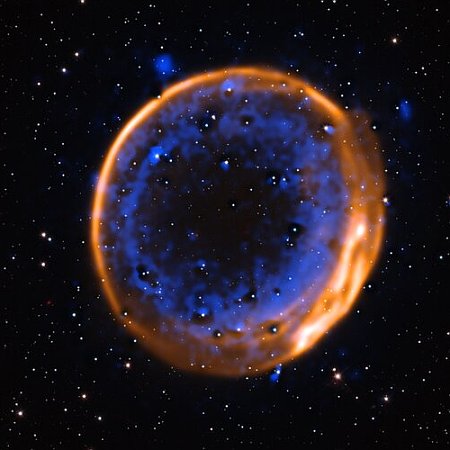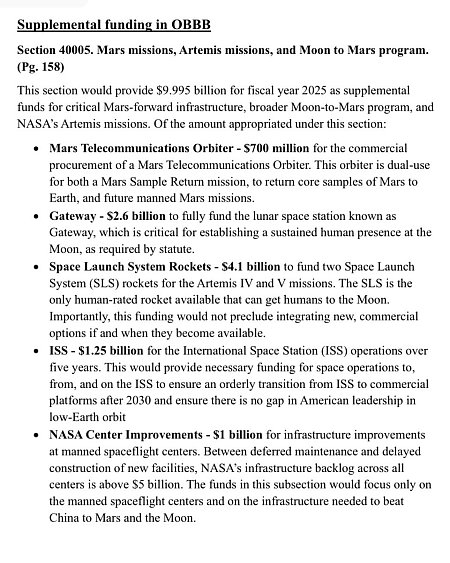ULA finally begins stacking Vulcan for next launch
After months of delay following the nozzle failure on the rocket’s second launch, ULA has now finally begun preparing a new Vulcan rocket for its third launch, carrying a number of a classified NSSL national security payloads.
Based on statements by ULA’s CEO, Tory Bruno, the company is finally about to begin the aggressive 2025 launch schedule he had promised last year.
During a media roundtable on the sidelines of the 40th Space Symposium in early April, Bruno said they planned to launch around 11 to 13 times by the end of the year. He said that would be a roughly 50-50 split between Atlas and Vulcan rockets.
The next two Vulcan launches are planned to be two NSSL Phase 2 missions: USSF-106 and USSF-87. The Vulcan rockets for both have been at the Cape since last year, but the status of the payloads hasn’t been publicly discussed given their ties to national security.
Bruno said following those two NSSL missions, ULA will launch the first Kuiper Vulcan mission and then bounce back and forth between Atlas and Vulcan flights through the end of the year.
If this schedule turns out to be true, it will be good news not only for ULA but for Amazon, as it indicates the possibility of ULA launching more than 500 Kuiper satellites before the end of the year. That will make a significant dent in its requirement to place 1,600 satellites in orbit by July 2026. At the moment only 54 are in space.
After months of delay following the nozzle failure on the rocket’s second launch, ULA has now finally begun preparing a new Vulcan rocket for its third launch, carrying a number of a classified NSSL national security payloads.
Based on statements by ULA’s CEO, Tory Bruno, the company is finally about to begin the aggressive 2025 launch schedule he had promised last year.
During a media roundtable on the sidelines of the 40th Space Symposium in early April, Bruno said they planned to launch around 11 to 13 times by the end of the year. He said that would be a roughly 50-50 split between Atlas and Vulcan rockets.
The next two Vulcan launches are planned to be two NSSL Phase 2 missions: USSF-106 and USSF-87. The Vulcan rockets for both have been at the Cape since last year, but the status of the payloads hasn’t been publicly discussed given their ties to national security.
Bruno said following those two NSSL missions, ULA will launch the first Kuiper Vulcan mission and then bounce back and forth between Atlas and Vulcan flights through the end of the year.
If this schedule turns out to be true, it will be good news not only for ULA but for Amazon, as it indicates the possibility of ULA launching more than 500 Kuiper satellites before the end of the year. That will make a significant dent in its requirement to place 1,600 satellites in orbit by July 2026. At the moment only 54 are in space.












